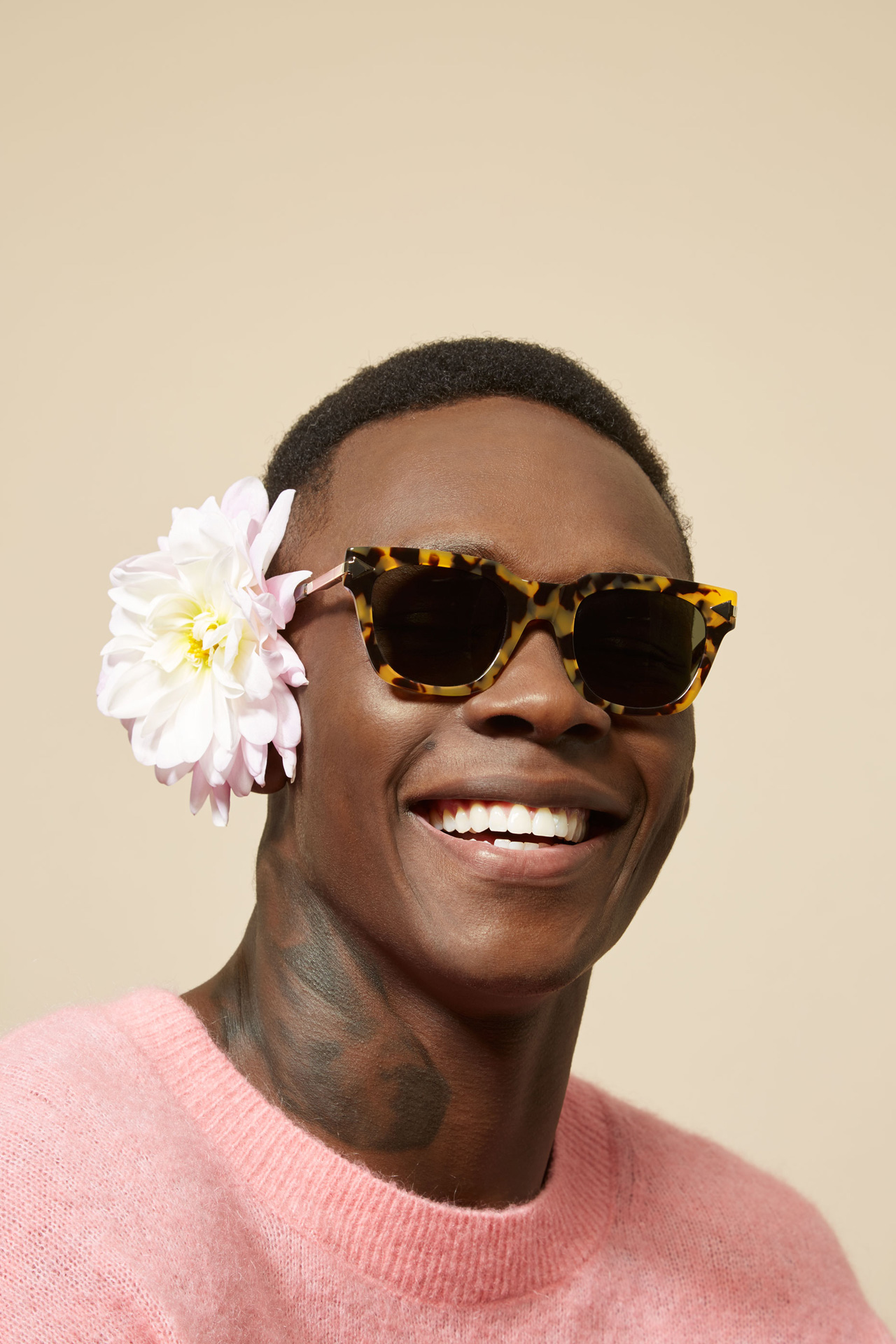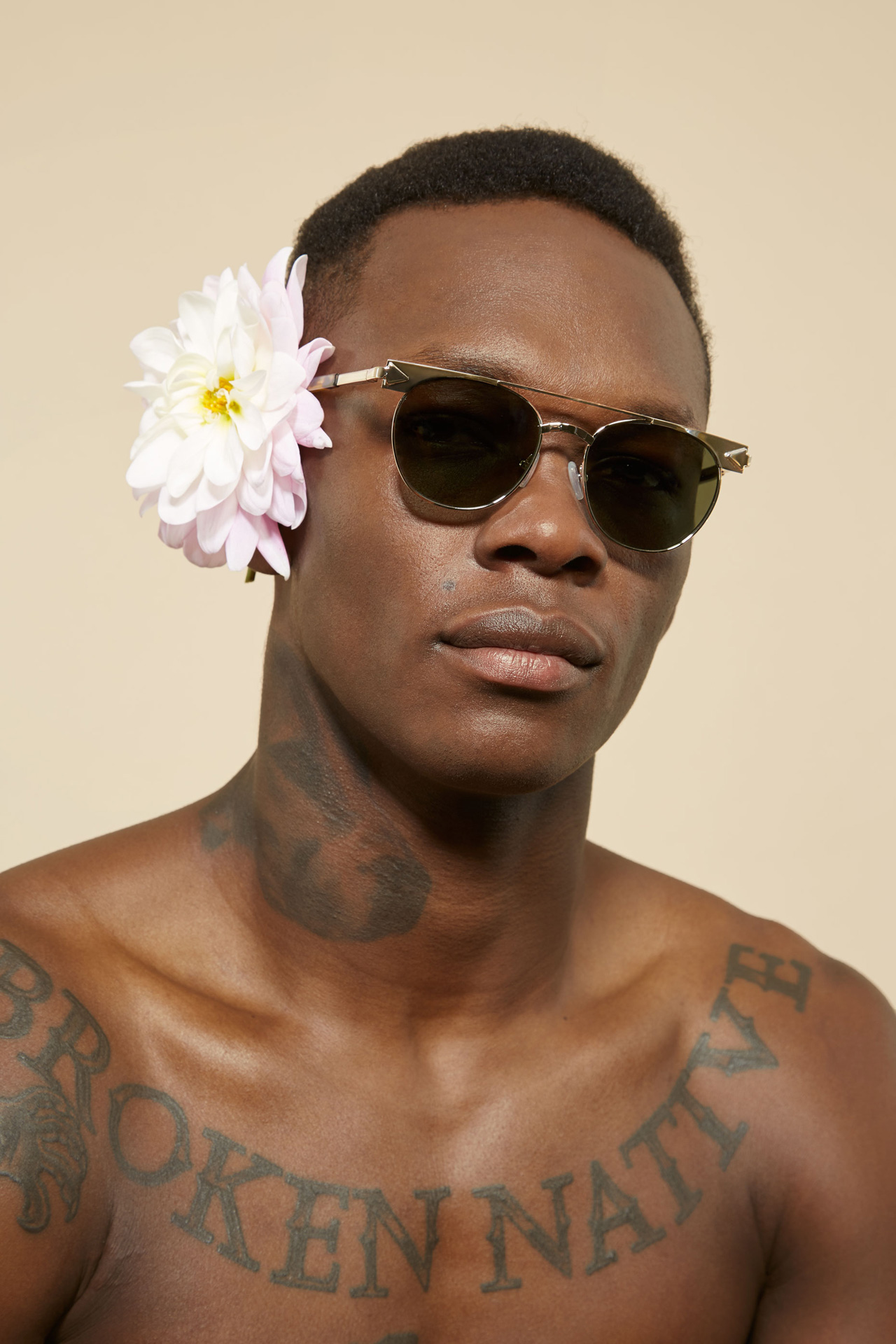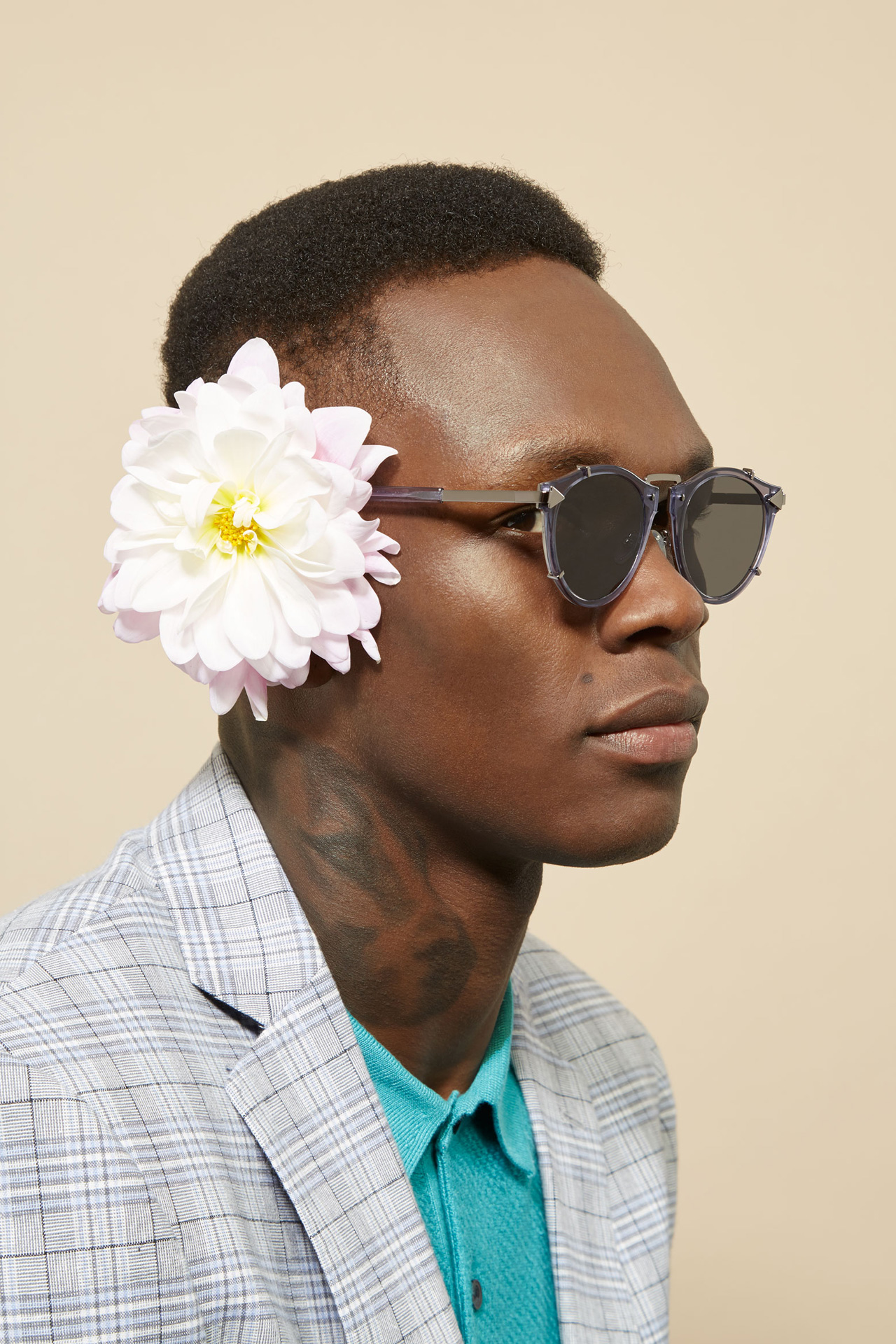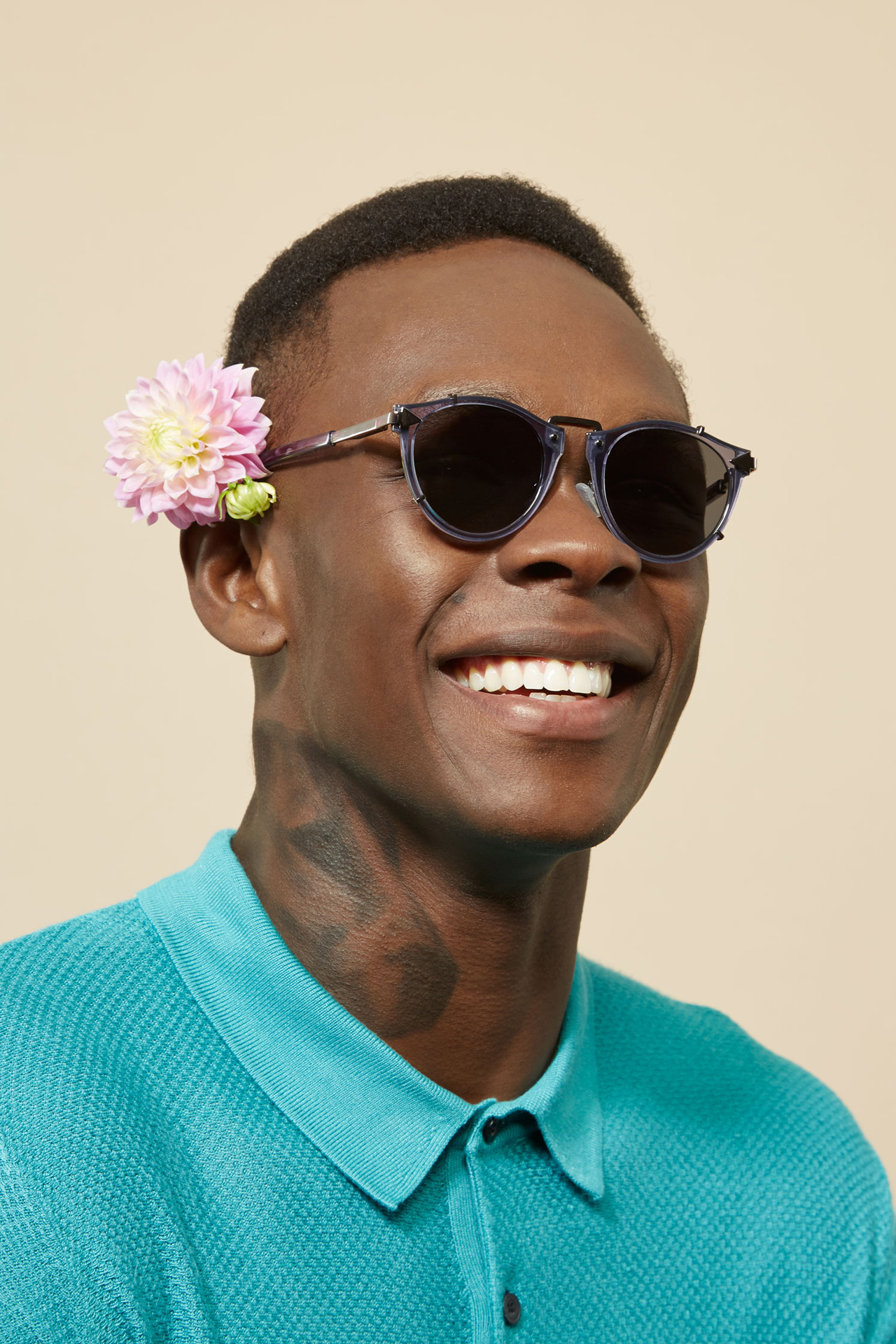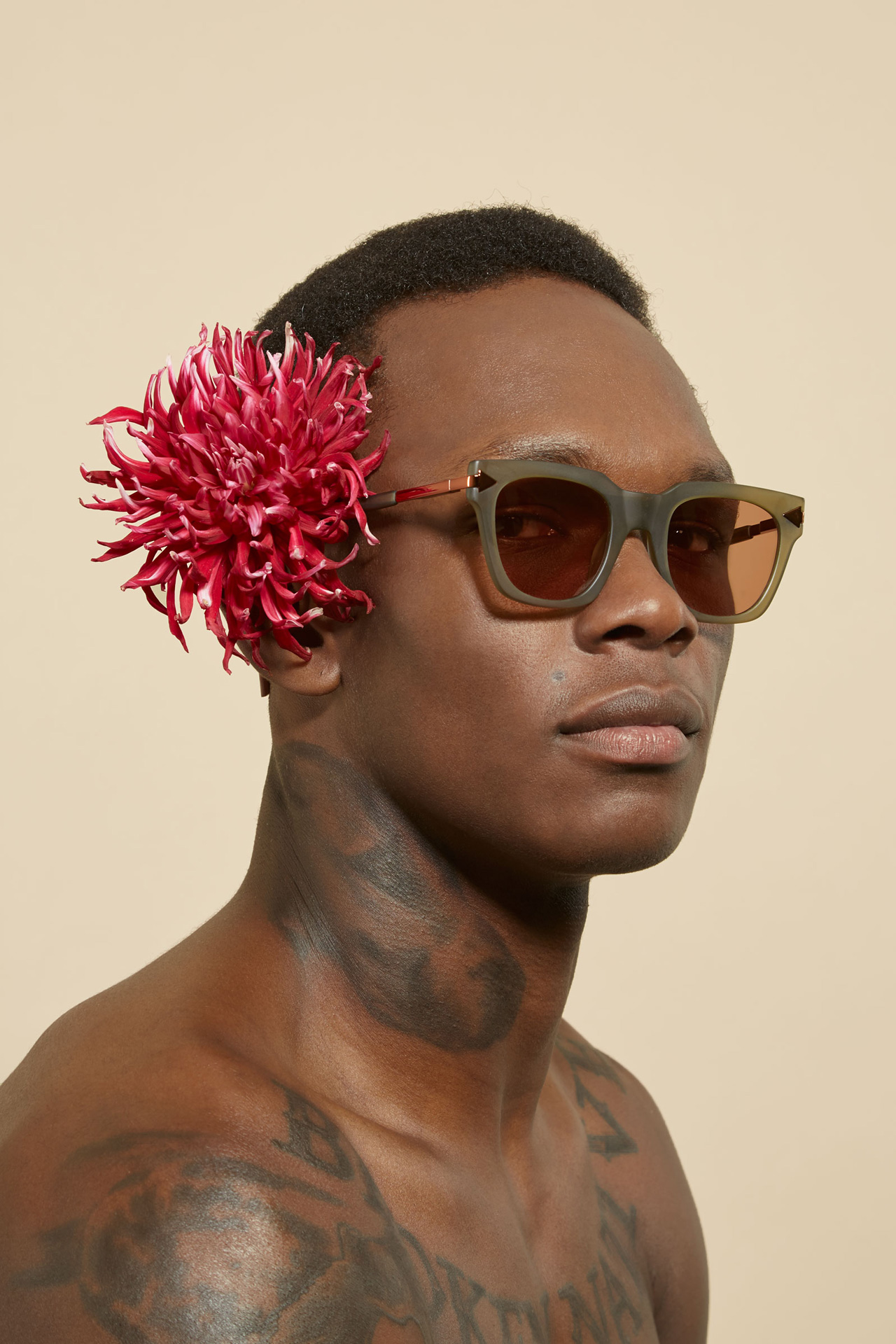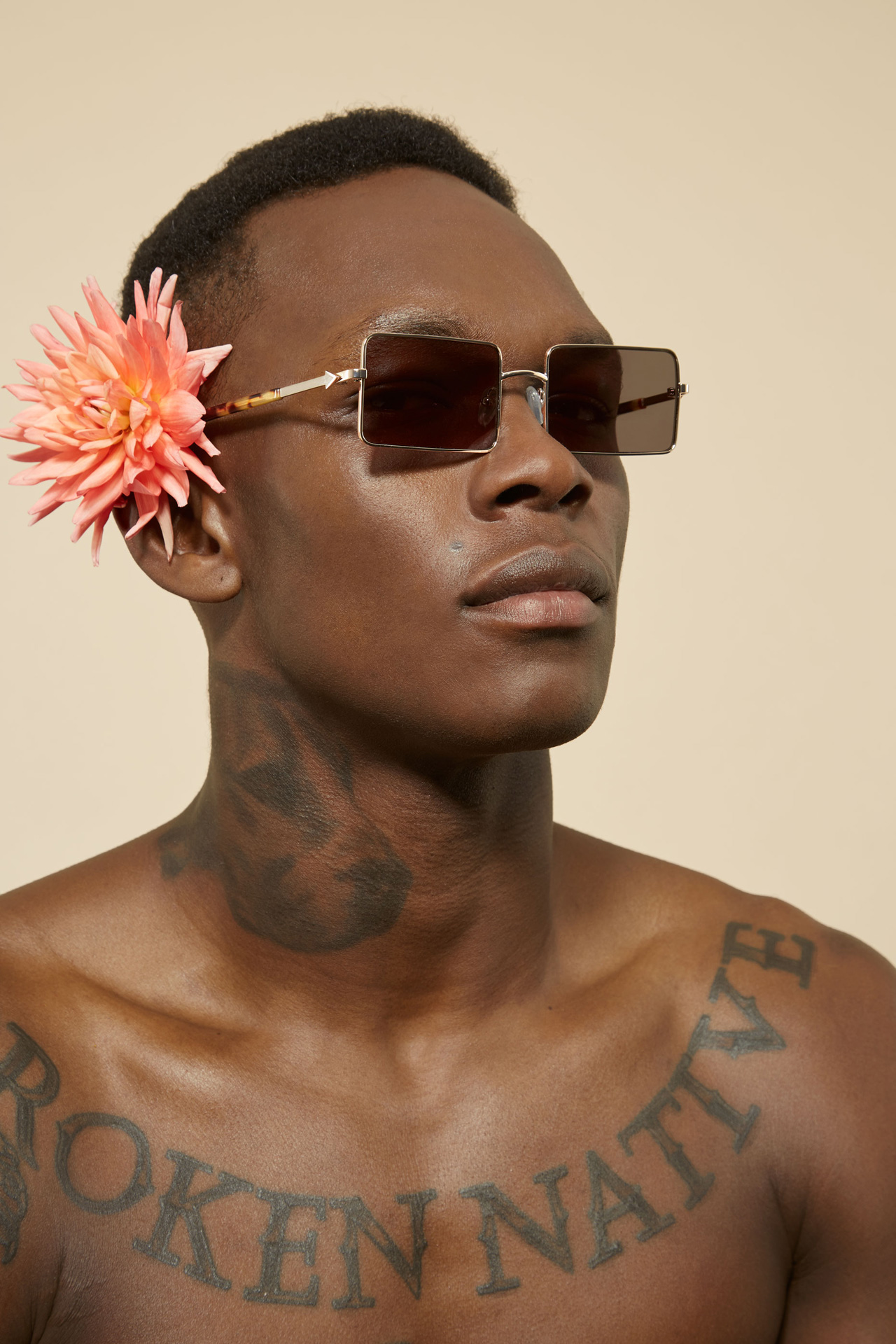News feed
At face value, the fashion designer Karen Walker and the Ultimate Fighting Champion middleweight contender Israel Adesanya appear to have little in common.
Both have laid roots in New Zealand; though Adesanya is Nigerian born he resides there presently, and Walker’s eponymous label is arguably the country’s most significant design export. Then there’s an unwavering commitment to the expression of style as a deeply personal signifier of identity in each of their respective fields. But perhaps that’s where the similarities end – on a surface level, at least.
“I don’t know anything about MMA or boxing, really,” Walker tells GRAZIA by phone from Auckland. “It’s certainly not my area of expertise. I had heard about Israel and I thought he sounded really awesome. I loved the way that what makes him really interesting as a fighter – so I’m told, I haven’t come to this conclusion myself – is the fact that he came from dance.”
“I have always been an entertainer, all my life,” says Adesanya, days after making his successful UFC debut. “If I could sing well, guys like Chris Brown, Jason Derulo [and] Justin Bieber would have been eating my dust.” Of making the decision to choose one field over the other, Adesanya reasons that dancing is a medium that will always be available to him at any time; fighting, however, is not, and so his profession chose him instead as “a vessel to express itself” over a career in dance.
For the uninitiated, Mixed Martial Arts, or MMA, is a hybridised full-contact sport that draws on the combat methods of various forms of fighting to create a caged melee unlike any other. It’s a relatively new sport, Adesanya says, whose fast rise to prominence owes to its being so “real”. At just 28, the young fighter likens his bouts in the ring to the free expression of “my art on a canvas [of] another human body.” His style of fighting is “naturally entertaining and flamboyant”; it is a style that he says is appealing to watch regardless of the outcome of the bout. It is also so distinctive it has earned him the moniker ‘The Last Stylebender’.
“[The name] was inspired by the cartoon series, Avatar,” says Adesanya, a fan of the anime classic. “The lead character Aang has to master the four elements to realise his full potential as the Avatar. I feel I’m doing the same thing with the elements of martial arts to realise my destiny.”
The unexpected mix of grace and danger is what first piqued Walker’s interest in Adesanya and his viability when it came to claiming a new title, that of her second Monumental muse – a title previously bestowed on the singular musician, Connan Mockasin. Adesanya appears in the new eyewear campaign – a category that has earned Walker international acclaim with uncompromising designs that straddle arbitrary gender divisions. To commemorate the occasion, a series of portraits were shot by Walker’s frequent collaborator, the multidisciplinary creative Karen Inderbitzen-Waller, and art directed by Walker’s husband and business partner, Mikhail Gherman.
“That strange coming together of two worlds to create something greater than the sum of its parts [is what interests me],” says Walker. “That speaks to everything we do, it’s a throwing together of opposites that we like; plus, he’s incredible charismatic, he has a presence and is very beautiful and that doesn’t hurt either.”
Adesanya says that while he was aware of Walker’s label, it wasn’t one that was ever within his price range. That said, he says he embraces fashion and style as a way of expressing ideas and conveying the “kind of vibe [he’s] bringing” whatever the arena – octagonal or otherwise. Adesanya’s Instagram shows an affinity for the irridescent outerwear of fellow antipodean label, Zambesi; attending New Zealand Fashion Week; and likewise, sporting custom made t-shirts that riff on the popular counterfeit Gucci logo motif, the reimagined taglines of which are not fit to print here. He takes inspiration from many places, he says, even from something as simple as a flower.
It’s fitting then that they should appear in abundance in Inderbitzen-Waller’s imagery as a signifier of femininity that, combined with pastel tones that traditionally equate with the feminine and Adesanya’s inherently masculine “vibe”, hints at a deeper subversion taking place. “That [dismantling of gender binaries] applies to the work that we do primarily for women,” Walker continues. “Our women’s looks have always been quite masculine, so it follows that the inverse of that would happen to the product ranges [designed] primarily for men: they have a feminine twist to them. We’re always questioning ‘what is femininity?’ and ‘what is masculinity?’ With Israel, it was about taking this very beautiful, classically masculine face but with a gentleness to it and throwing him against pastels, soft knitwear and flowers to question what it is that a man should look like.”
For his part, Adesanya says he has never been one “to conform to society’s idea of who I should be.
“As a strong black man in the league of the UFC you’ll see me be unapologetically brash, confident, feminine (at times), naïve and emotional. I find strength in being vulnerable and letting people see certain sides to me. I speak my truth so it will never be used against me.”
Tile and cover image: Supplied/Karen Inderbitzen-Waller





